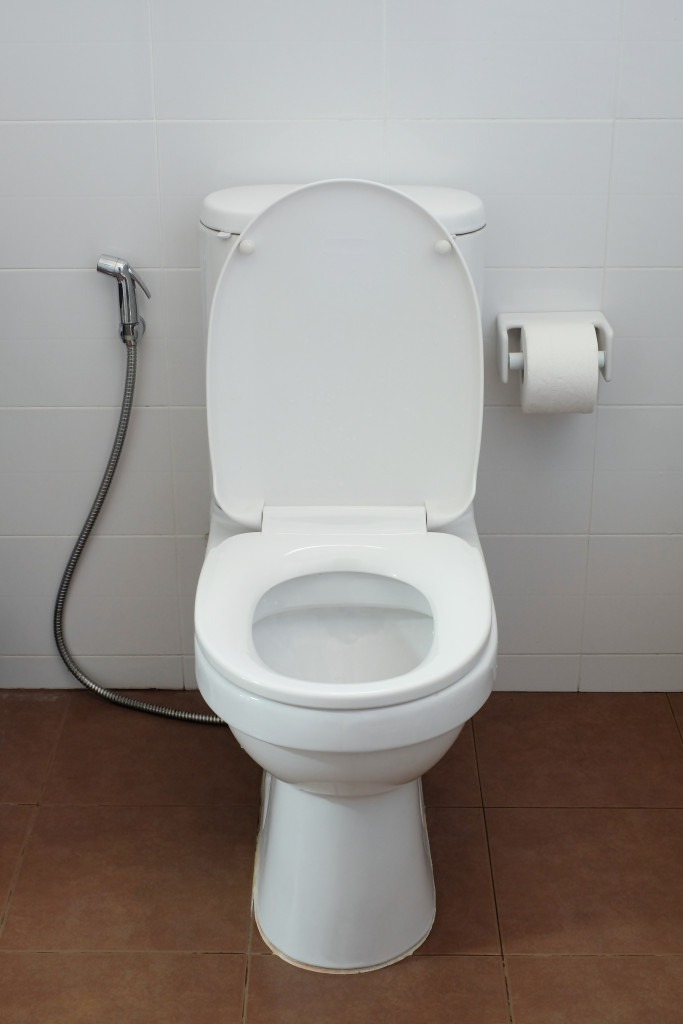Often, when people think of renovating or upgrading, their minds zero in on the kitchen, leaving the bathroom behind. That’s understandable. The kitchen has—and will always be—the star in a lot of homes.
But that doesn’t mean that bathrooms, particularly toilets, should take a backseat (no pun intended). In fact, it matters in a lot of ways. The wrong choice can cost a lot of money in wastage, repair, and maintenance. It may even ruin the aesthetics of the bathroom and decrease the value of the property.
How do you pick the right one, though? Shopping for toilets is easy when you know what to look for. Here are a couple of ideas to remember:
1. Check the Local Council
The standard sizes for bathrooms and toilets may depend on where you are. In Australia, a shared bathroom with a toilet may measure 10 feet in length and 5 feet in width. Ambulant toilets, meanwhile, may require more space around the toilet. Usually, it spans 900 x 900mm on each side of the toilet’s door.
So far, though, most of the rules that govern toilets and bathrooms pertain to those in business premises, such as restaurants, workplaces, and healthcare facilities. The best way to know is to talk to your local council if they have specific bathroom codes. The last thing you want to happen is to destroy what you’ve installed simply because it didn’t pass the standards.
2. Know the People Who Will Use It
An average person spends about 12 minutes in the toilet when they poop. You can then just imagine how much time you actually spend inside throughout your lifetime. The next best thing you want is to sit there as comfortably as possible.
First, the toilet should help you sit properly, particularly when you’re pooping. It should allow you to raise your knees higher than your hips, help you move a bit forward at an angle of 60 degrees, and, most of all, support your spine, especially when you’re straining.
Second, the size of the toilet should be ideal for its users. The standard size measures 27 to 30 inches in depth and 20 inches in width. The back, meanwhile, has a height of between 21 and 31 inches.

If the people living in the house are tall, they may need to find toilet suppliers who can give them comfort-height toilets. These are bowls whose height measures 17 to 19 inches instead of the standard 15 inches. This design gives excellent support to the back and knees.
As for kids, parents can attach toilet trainer seats for toddlers still under potty training. By the time they are 3 to 4 years old, though, they may be ready to use a regular toilet. For these ages, the ideal toilet seat height is between 11 and 12 inches. Children 5 to 8 years old may be more comfortable with standard-sized toilets.
3. Learn to Save Water
According to data, the bathroom can consume as much as 45 percent of the water used on any given day in a household. And among the amenities inside, it’s the toilet that accounts for 27 percent of it. It’s not unusual for houses to waste as much as 7 gallons of water per flush!
While a toilet cannot function without water, newer designs seem to be more resource-efficient. These include dual-flush systems. These toilets come with a pair of buttons instead of a lever, so you can control how much water the tank dispenses according to the type of waste. For example, you may need more water to flush solid than liquid waste.
Either way, dual-flush toilets can help save around 4,000 gallons of water a year, according to the US Environmental Protection Agency (EPA). This translates to better sustainability and lower water costs, especially if you’re living in Australia where water is a scarce resource.
4. Seek Toilets That Are Easy to Maintain and Repair
Toilets with plenty of bells and whistles look cool, but they can be more complicated to maintain and repair. It gets even worse if they come from less-known brands. There’s a good chance that replacement parts are difficult to find.
When checking out toilets, one of the most important features to check is the flapper, which comes into contact with the valve seat and helps control the volume of water the toilet releases. When this is weak, it will fail to create a seal. So the tank continues to leak, wasting a lot of water.
When it comes to toilets, they better be as functional as they are aesthetic to make them worthy additions to the bathroom.



